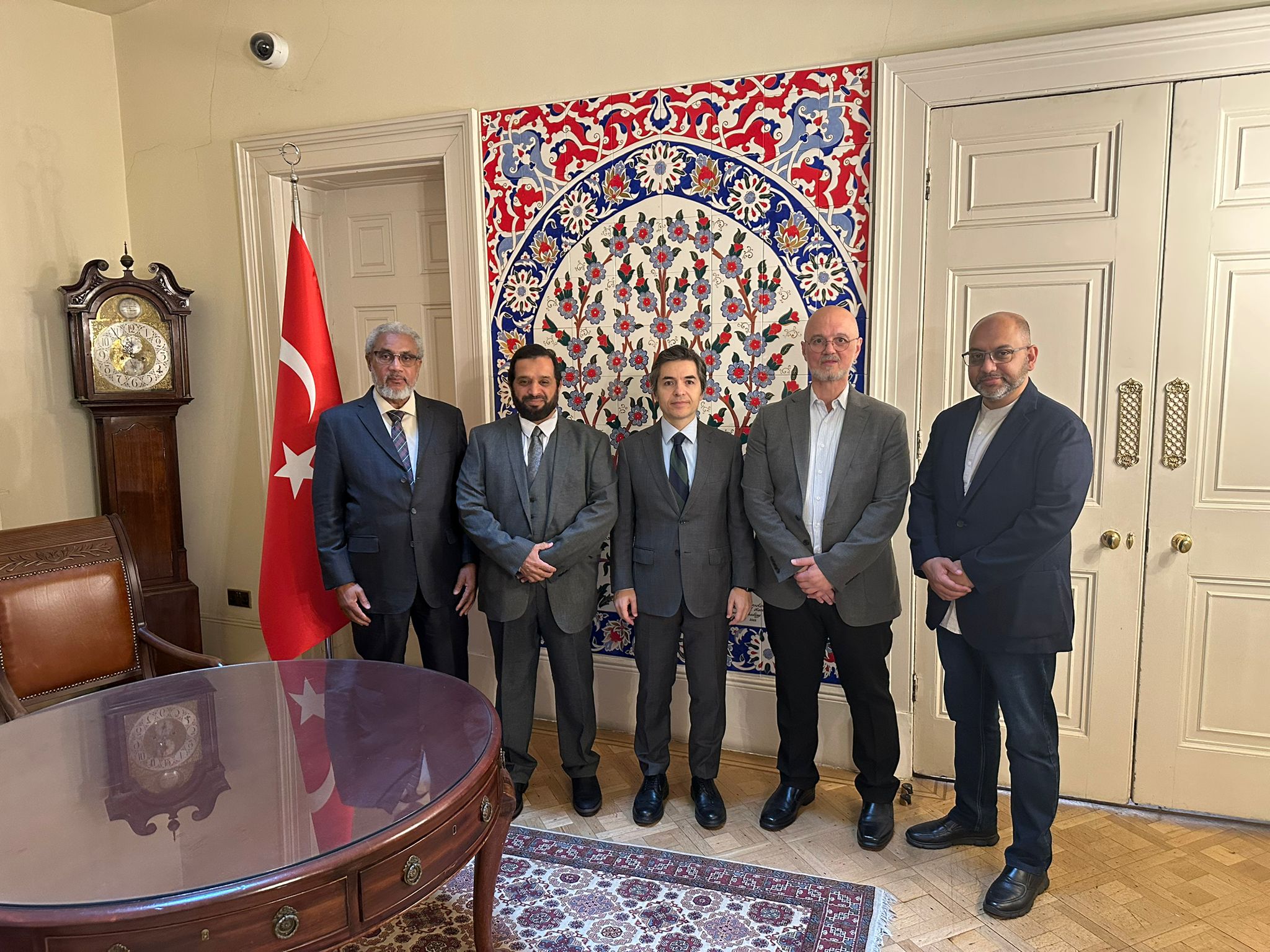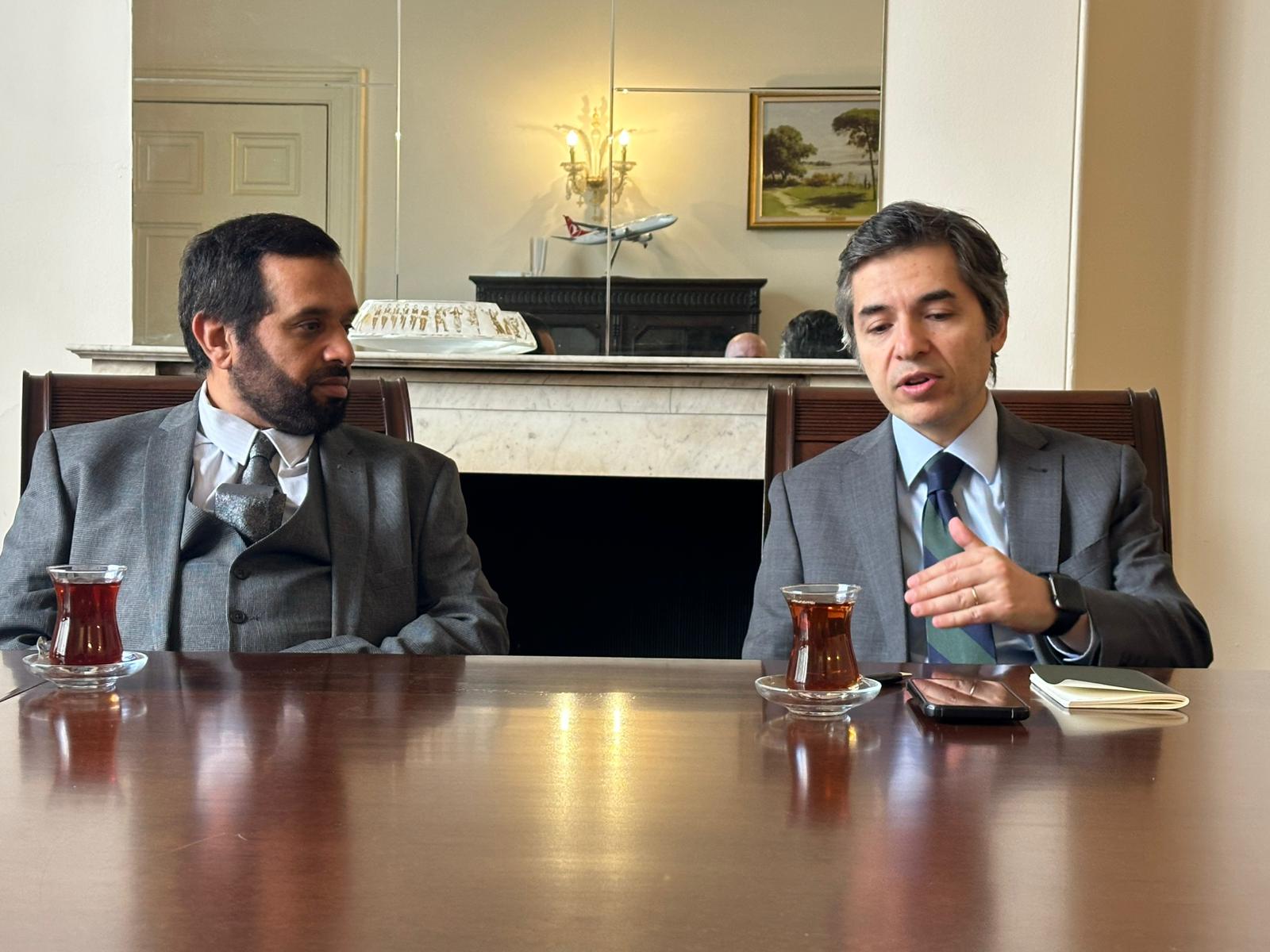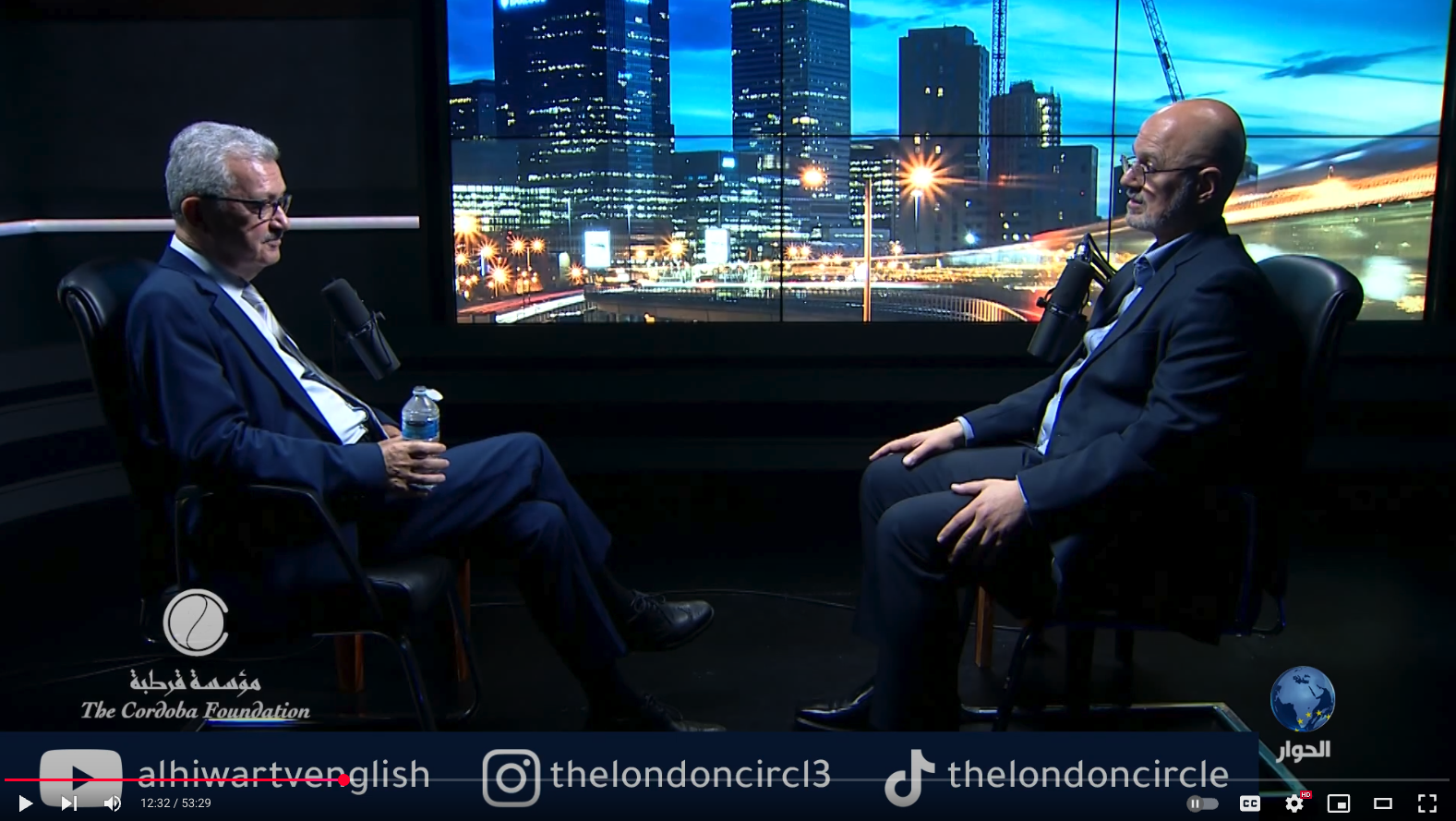

Register to attend:

With H.E. Dr Desra Percaya, Ambassador of Indonesia to the UK.
Reception hosted by the Indonesian Embassy in London to welcome a parliamentary delegation from Indonesia to discuss developments in Islamic Finance and Hajj (and ‘Umrah).
Several British Muslim leaders were in attendance including Dr Anas Altikriti (CEO, The Cordoba Foundation), Dr Abdullah Faliq (Managing Director, The Cordoba Foundation), Dr Muhammad Abdul Bari (former Secretary-General, MCB), Dr Mehemet Karakus (Director, Yunus Emre Institute), Rashid Mogradia (CEO, Council of British Hajjis), Shaykh Imran Choudhury (British Board of Scholars and Imams), Conor Clifford Murphy,
(Chairman, Convert Muslim Foundation), Syed Emad (Afghan Global Forum), Jahid Ahmed (Islam Awareness Project) and Sadiq Yusuf (Finsbury Park Mosque).
It was our absolute pleasure to help facilitate the meeting. We hosted a similar delegation of Indonesian MPs, headed by the Deputy Speaker of Parliament Dr H. Sukamta MP, in 2024 at the London Muslim Centre.
We look forward to future collaboration.

Open letter to President Recep Tayyip Erdogan on Gaza starvation
A delegation, led by Shaykh Ahmed Alnuaimi, convenor of Stop Gaza Starvation Campaign, met with H.E. Osman Koray Ertaş, Turkish Ambassador to the UK on Wednesday 6th August, to discuss the catastrophic humanitarian crisis in Gaza, with starvation used increasingly as a deliberate tactic of warfare by Israel. More than two million people are facing widespread starvation due to ongoing blockade amid increasing international silence and the absence of effective global action.
The delegation to the Turkish Embassy in London, included Dr Anas Altikriti (Secretary-General of the Interim Executive Committee of the Global Alliance for Palestine), Dr Daud Abdullah (author and director of Middle East Monitor) and Dr Abdullah Faliq (Managing Director of The Cordoba Foundation), handed an open letter to the ambassador as a representative of His Excellency President Recep Tayyip Erdogan. The letter, signed by over 35000 people across 30 countries, is also endorsed by 100 prominent public figures, including Dr Moncef Marzouki (former President of Tunisia), Dr Mohammad Halaiqa (former Deputy Prime Minister of Jordan) and Dr Mustafa Barghouti (Secretary-General of the Palestine National Initiative).
The letter calls upon President Erdogan to assume a leading role – especially as Turkiye currently chairs the Council of Foreign Ministers of the Organisation of Islamic Cooperation – by launching a coordinated global effort under the title, “Axis of Dignity, with the aim of breaking the blockade and ending the humanitarian catastrophe in Gaza.

Role of Malaysian Academics in Reforming Knowledge Sources | The London Circle
Libya, A Revolution Broken by Division | The London Circle
Bosnia 30 years on from the Srebrenica Genocide | The London Circle

SREBRENICA KHUTBA: 30 YEARS
Srebrenica_30_KhutbahDownload PDF

Srebrenica Genocide: 30 Years Later: Understanding, Remembering, Acting
Srebrenica-30Download PDF



